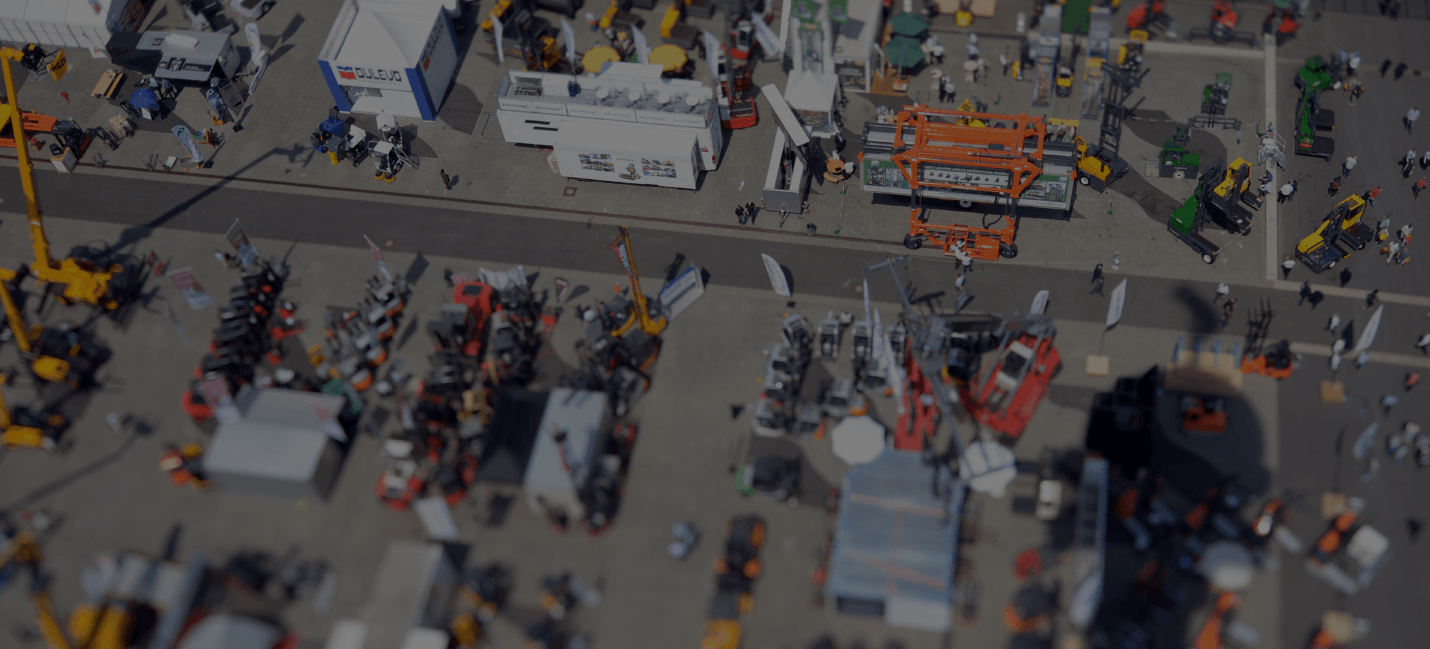4 benefits of warehouse automation
Believe it or not, warehouse automation is not a recent innovation. In fact, the first automated guided vehicle (AGV) was invented back in 1953, while the first automated storage and retrieval system (AS/RS) was installed in the 1960s. But as e-commerce grows (and you can expect that growth to only accelerate with the recent arrival of Amazon on our shores); as labour and land costs increase; as consumer expectations rise, with customers wanting faster and more complex deliveries; and as technology advances at blistering speeds and becomes more cost-effective, warehouses (and supply chains in general) simply cannot rely solely on manual processes to keep up with demand.
While once thought of as the purview of only the biggest players – indeed, warehouse automation has helped behemoths like Amazon, Ikea, and Coca-Cola reach dazzling heights of success – it has now become accessible to small- and medium-sized businesses, too, with lower purchase prices and even ‘robotics-as-a-service’ business models, where users pay monthly and can scale demand up and down as needed.
So how can warehousing automation transform your facility? The possibilities are practically endless…
The many and varied possibilities of warehouse automation
There are basically two things that can be automated in warehouses:
- The decision-making process: how to decide where to store, how to pick and how to optimise resources automatically
- The goods-movement process: how machinery can be automated to move goods from point A to point B
Here are some of the most common types of warehouse automation:
- Picking automation: A repetitive, time-consuming and error-prone process when done manually, modular shelving systems combined with robotics are enabling much greater efficiency and accuracy in picking.
- Barcode labels and scanning automation: Accurate documentation that keeps tabs on items and inventory are essential to any well-operating warehouse. Automating these documentation processes, by way of barcode labels, rack labels, warehouse signs and scanning hardware that can read these signs and labels, can drastically speed up processes while eliminating errors.
- Automated guided vehicles (AGVs): Forklifts and pallet jacks are of course a familiar sight in any warehouse, and self-guided forklifts and pallets, otherwise known as AGVs, are also reasonably common. But we’re now starting to see the onset of fully self-driving autonomous AGVs, capable of transporting goods through congested warehouse environments without drivers, supervision, or the guidance infrastructure typically required by traditional AGVs. Last year, a fleet of these new-generation AGVs were deployed in the John Deere plant in Wisconsin.
- Inventory automation: This is one of the easiest and most cost-effective warehouse automation strategies, and can drastically cut down on errors related to data entry and transcription, inconsistent inventory processing and even disruptions to operations that can result from pen-and-paper methods for cycle counts.
- Back-office automation: According to Motorola’s 2014 report “From Cost Center to Growth Centre: Warehousing 2018”, 32% of warehouses don’t have access to real-time data in their warehouse management system (WMS). As a result, they are at risk of inaccurate inventory counts that can cause potentially catastrophic supply chain disruptions. Back-office automation, which often goes hand in hand with inventory automation, helps ensure data is always up to date.
Four benefits of warehouse automation
1. Reduced costs
Warehouse automation can dramatically reduce the need for manual labour; for example, in one of Alibaba’s smart warehouses, the deployment of 60 robots to help move goods has reduced human labour by 70%. This can save money, too, particularly during peak periods when employees might need to work overtime to keep up with demand. With warehouse automation, however, machines can simply run all day and night if needed, without incurring much additional cost.
2. Greater efficiency and accuracy
We humans are good at lots of things, but when it comes to remembering where thousands of items are located, or working out the optimum route from point A to B, or even inventory control, machines can do it much better and much faster.
In fact, according to The Essentials of Supply Chain Management by Hokey Min, most companies observe around a 25% gain in overall productivity, a 10–20% improvement in space utilisation, and a 15–30% reduction in safety stock simply by moving from a paper-based system to a WMS.
For example, Amazon’s ‘chaotic storage’ system, where products are simply stored wherever space is available without any categorisation, is heavily facilitated by warehouse automation. Barcode labels and intelligent algorithms help to assign and locate products, while robots retrieve the products and bring them to pickers. This systems allows Amazon to maximise space, reduce picking errors, optimise fulfillment routes and maintain flexibility.
3. Maximises space
Space is a finite resource, and one that has to be used mindfully. Warehouse automation can help you ensure you’re making the most out of the space you have available. For example, warehouses that use robots for product retrieval and storage, like Amazon and Alibaba, effectively eliminate the need for wide aisles for people and vehicles to move through – space that can now be used as additional storage.
AS/RS can also help warehouses move their inventory up – that is, utilise vertical storage space – as they can retrieve goods from high up much safer and faster than humans can.
Some research suggests automated warehouses use up about 40% less floor space than traditional warehouses.
4. More sustainable
Warehouse automation can also help make warehouses more environmentally friendly, by reducing their physical footprint, waste and energy consumption. For example, smooth pallet handling ensures damage to products is minimised, the need for bright warehouse lighting is minimised, and a WMS can optimise workflows to reduce energy use.
Implementing warehouse automation in your facility
While the prospect of warehouse automation is an exciting one, it’s important to be considered in your approach and think in the long term.
Carolyn Schroten, National Logistics Solutions Manager at Coca-Cola Amatil, provides the following advice:
- Don’t try to automate everything at once. Start with the simple and stable (constant) processes first.
- Break the processes down into distinct areas: can you achieve a first-cut result by tackling only part of the larger problem?
- Understand the full end-to-end requirements – don't automate a process which will create a bottleneck in itself, the typical Theory of Constraints principle (John Goldrath). The processes feeding into or extracting from the automated process may create more of a bottleneck than first expected. A classic example in warehousing is automating the internal warehouse process without consideration of the dispatch process and subsequent traffic management at the docks. Ask yourself, ‘Has automation made the operation so efficient that the staging and dock areas are now overloaded with goods?’
Learn more about warehouse automation
If you want to learn about the latest in warehouse automation, don’t miss out on CeMAT Australia 2018, the leading trade fair for materials handling, intralogistics and supply chain management. Be sure to register for your free visitor pass today.


